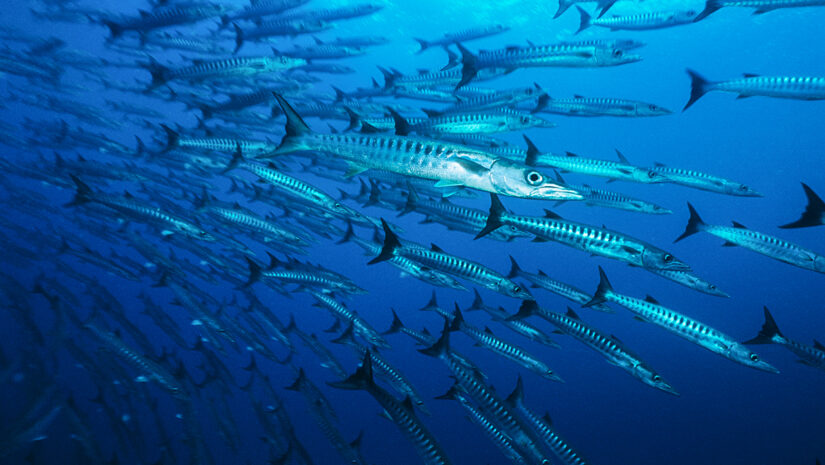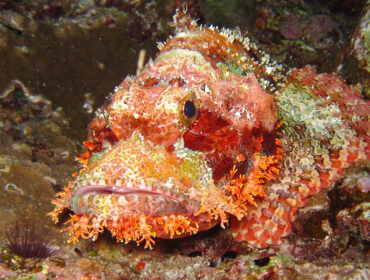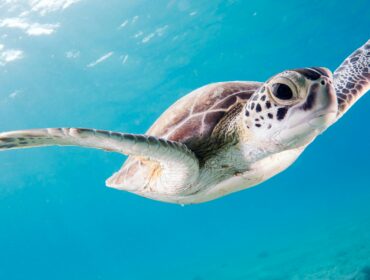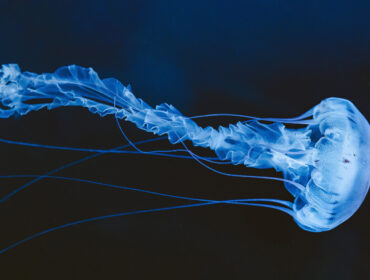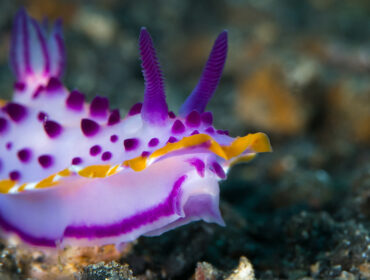While feared by most and often misunderstood as a threat underwater to humans, the Barracuda is a Scuba diver’s favorite marine creature to come across while diving. These voracious, opportunistic predators with surprising bursts of speed never fail to impress. And, at times, send a shiver down your spine. There are around 26 different species of barracuda. Divers usually come across more than one species during scuba diving. Hence, it helps to identify different species. Here are a few of the more commonly found Barracuda Identification descriptions:
Great barracuda (Sphyraena barracuda)
A commonly spotted type of Barracuda while scuba diving, owing to its wide distribution in the warm waters of the Indian, Pacific, east and west Atlantic, and Caribbean Sea, is the Great Barracuda. Great barracudas often grow over 6 feet (1.8 m) long while sometimes spotted solitary, frequently are sighted in groups. One can quickly identify the Great Barracuda by its size as it is the largest in its genus and can have black spots or blotches on the lower sides of its body, which is silver or white. The upper half of its body is bluish-grey, and several dark bars are on the upper side of the fish.
Chevron or blacktail barracuda (Sphyraena genie)
Found primarily in the Indo-Pacific region, Chevron Barracudas can be easily distinguished by a long silver body with about 20 chevron-shaped dark bars. The lower jaw has a fleshy pointed tip, and the caudal fin is dark with a black margin. The Chevron or Blacktail Barracuda, often called, can grow up to 90 cm or 3 feet in length and is usually found in more enormous shoals or barracuda vortexes just off reefs in the Indo-Pacific. It is often confused with other species of barracudas, such as the Pickhandle Barracuda, S.jello, and the Sawtooth Barracuda, S.putnamae.
Pickhandle barracuda (Sphyraena jello)
Also known as the Seapike, the Pickhandle Barracuda can be recognized by its coloration. It is silver with about 20 wavy bars on the sides of the body that resemble pickaxe handles. The caudal fin is yellowish, which is the primary way of distinguishing this species from the Chevron Barracuda. Pickhandle’s grow to 1.5 m (4.92ft) in length and are a schooling species found primarily in the Indo-West Pacific waters.
Yellowtail barracuda (Sphyraena flavicauda)
Growing up to 60 cm (2 feet) in length, it can be identified by two brown or brownish-yellow longitudinal stripes that appear on its body and a yellowish caudal fin. This species is among the smallest Barracuda species commonly found throughout the Indo-West Pacific.
Heller’s barracuda (Sphyraena helleri)
Heller’s barracuda are found primarily in the Pacific and are common sightings by Scuba Divers in Hawaii, where they are known as kawele’a, whose Hawaiian name means “long and bright.” Heller’s Barracuda can be identified by a distinctive blue stripe that runs the length of the body of this species. They go to school during the day and disperse to hunt at night. Maximum size is about two feet or 60cms

